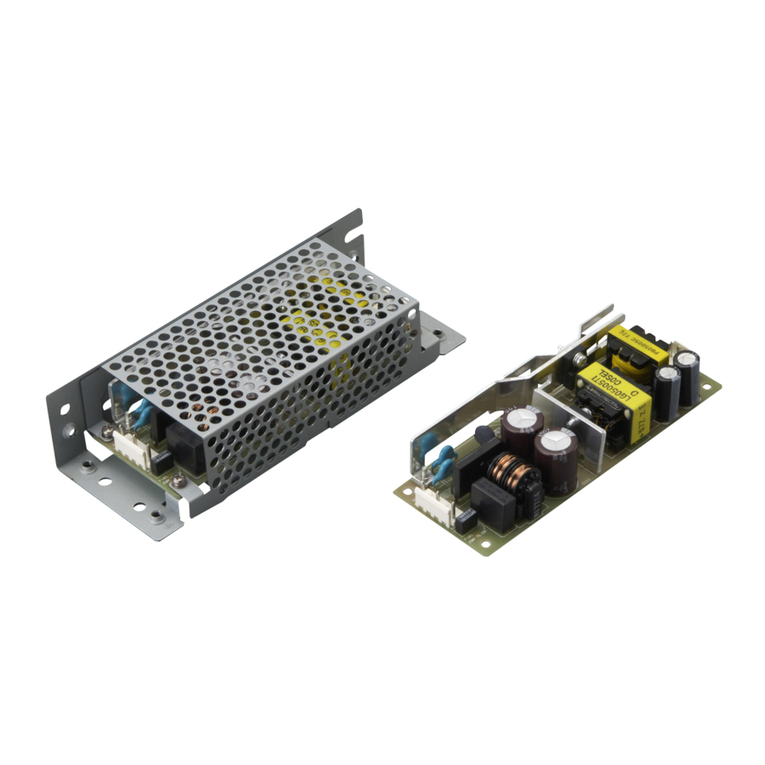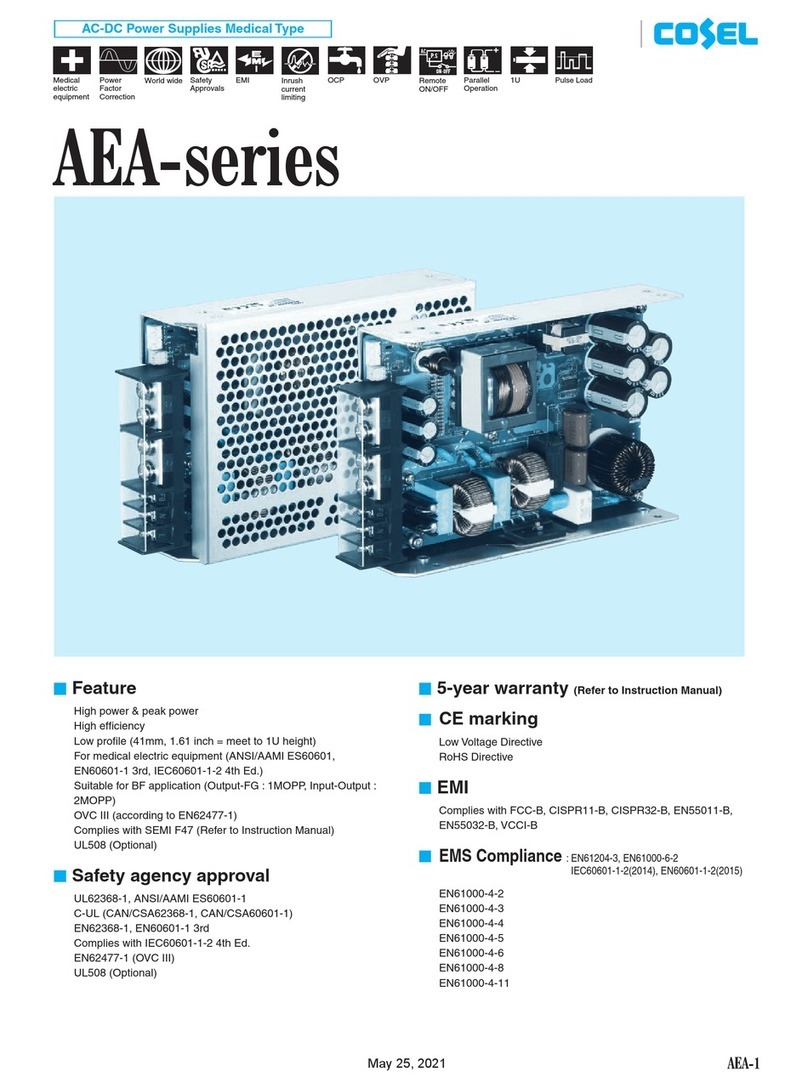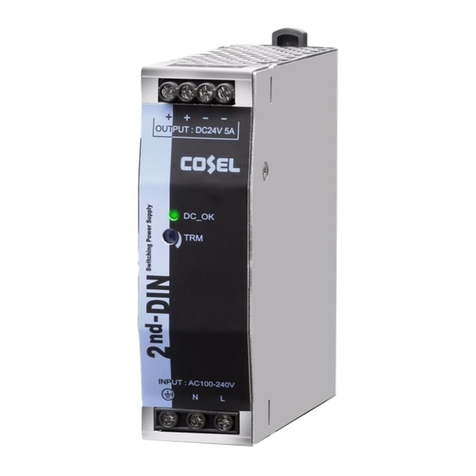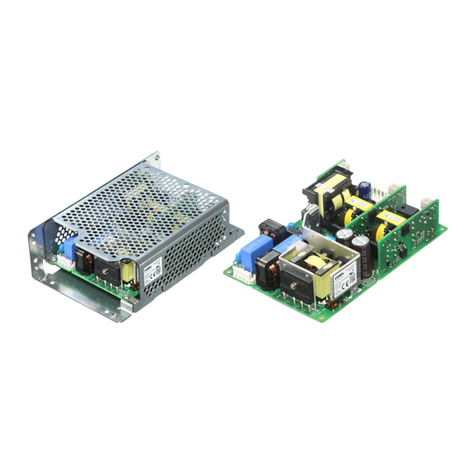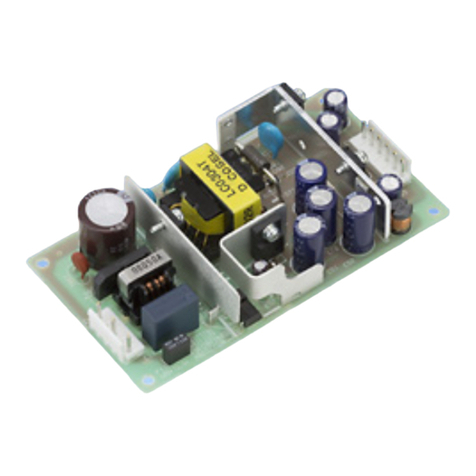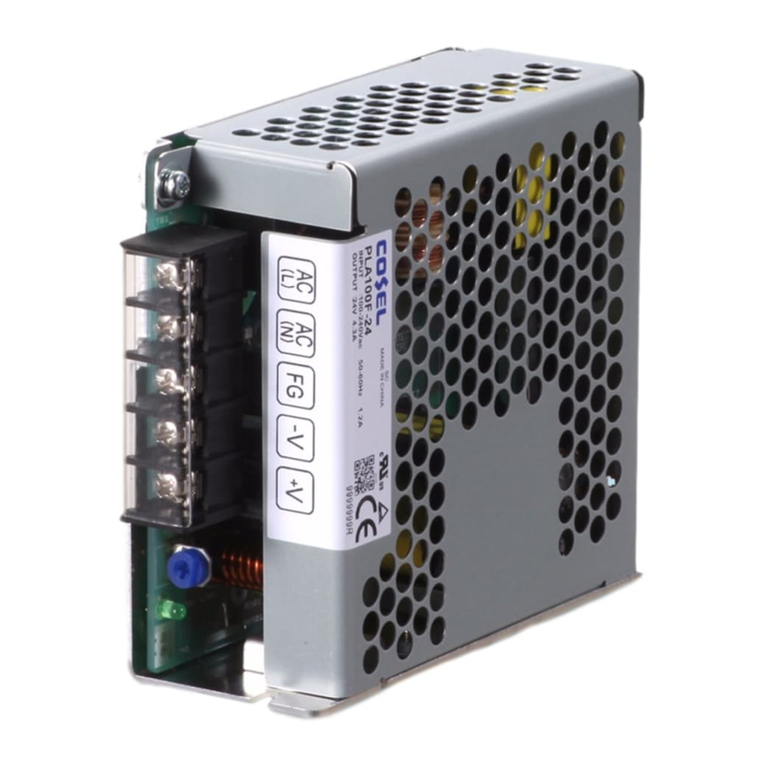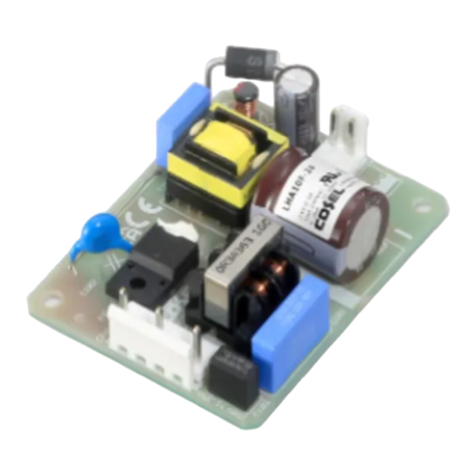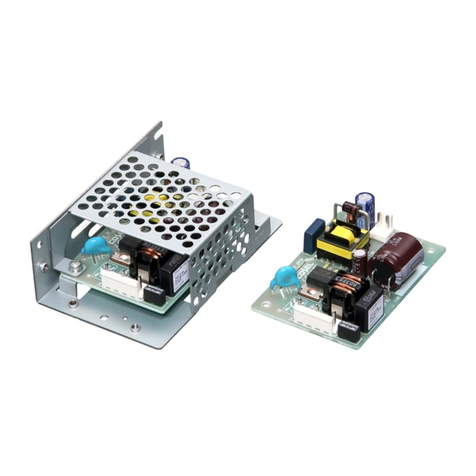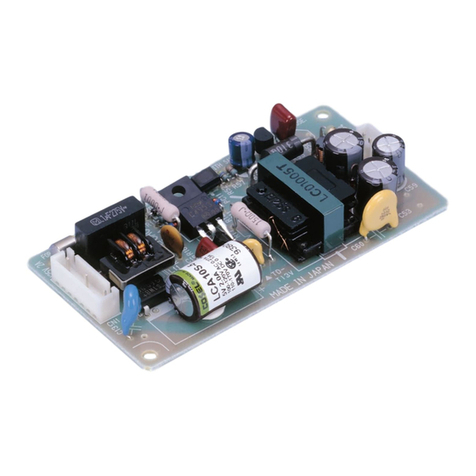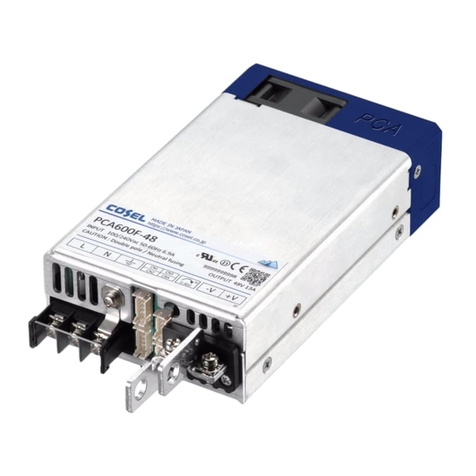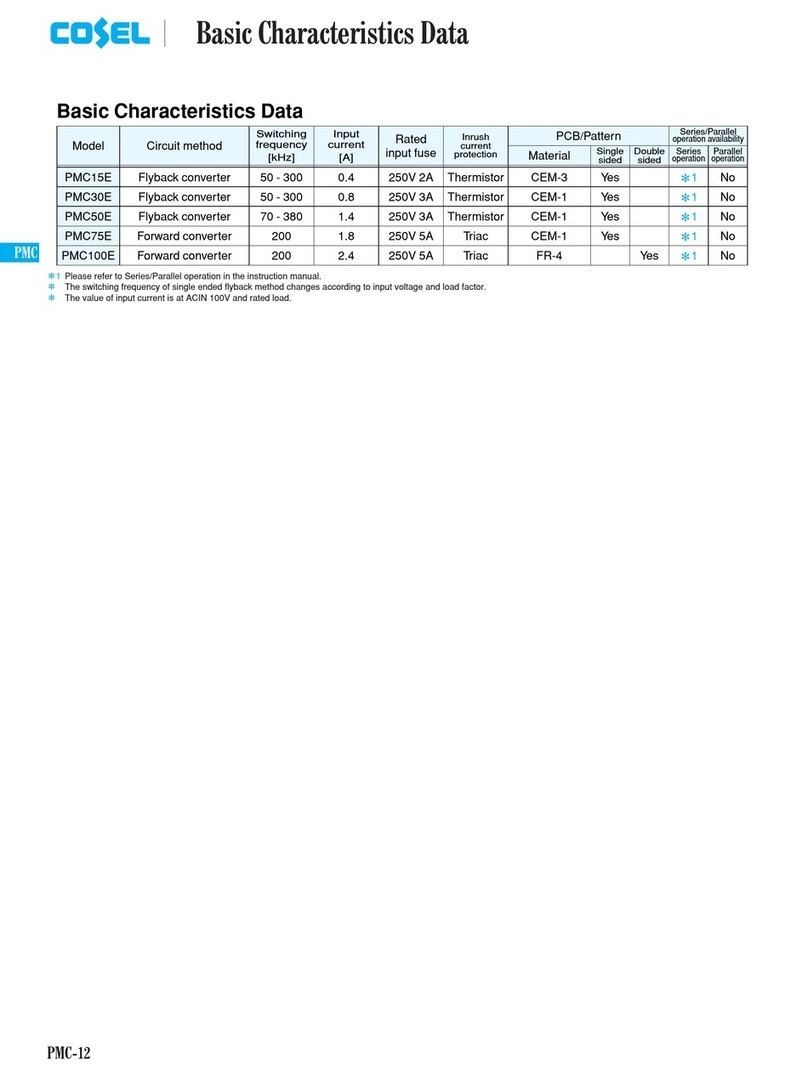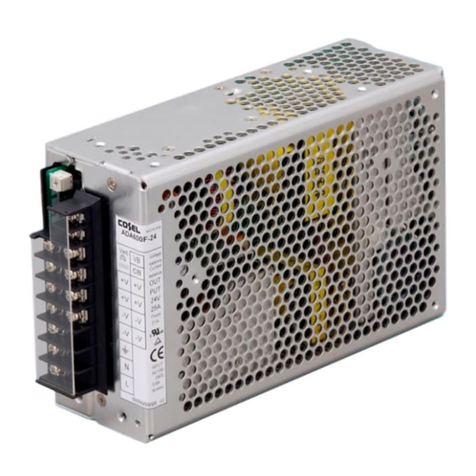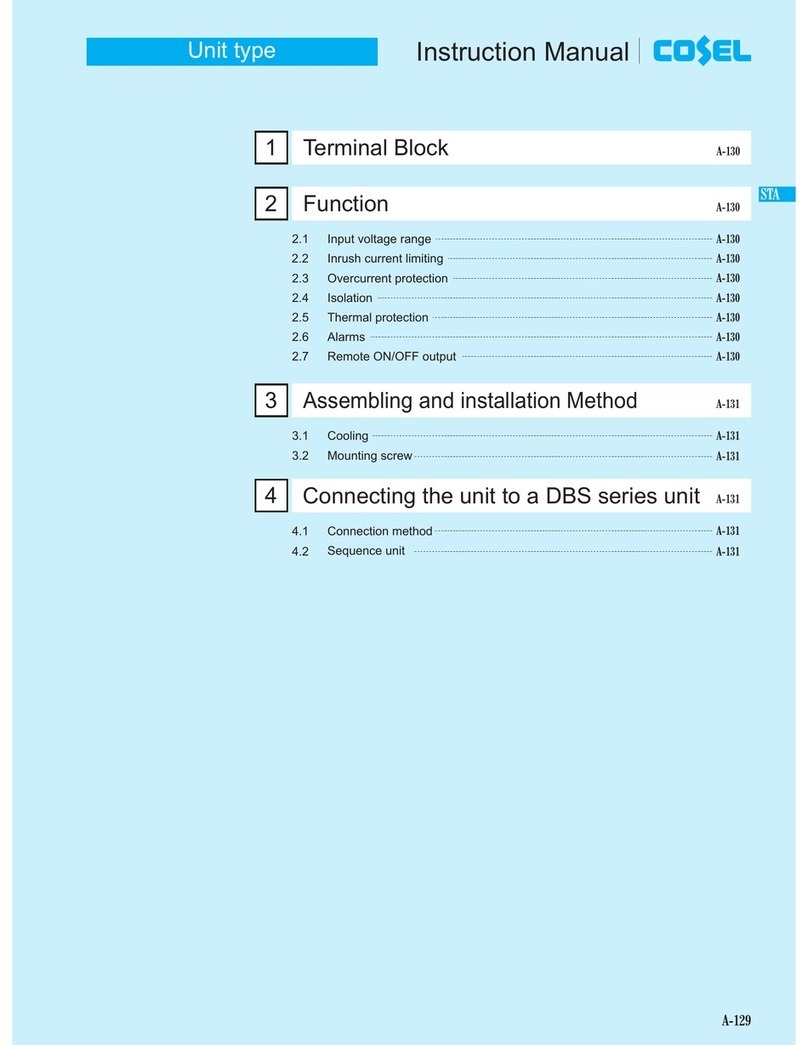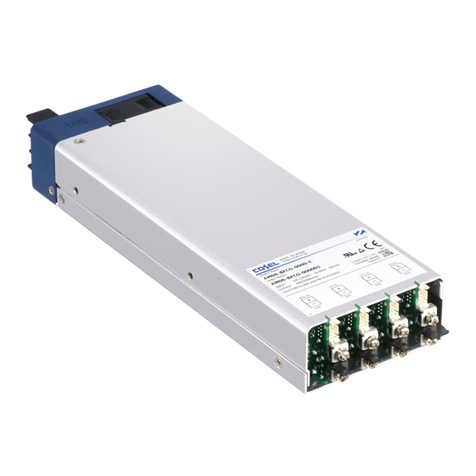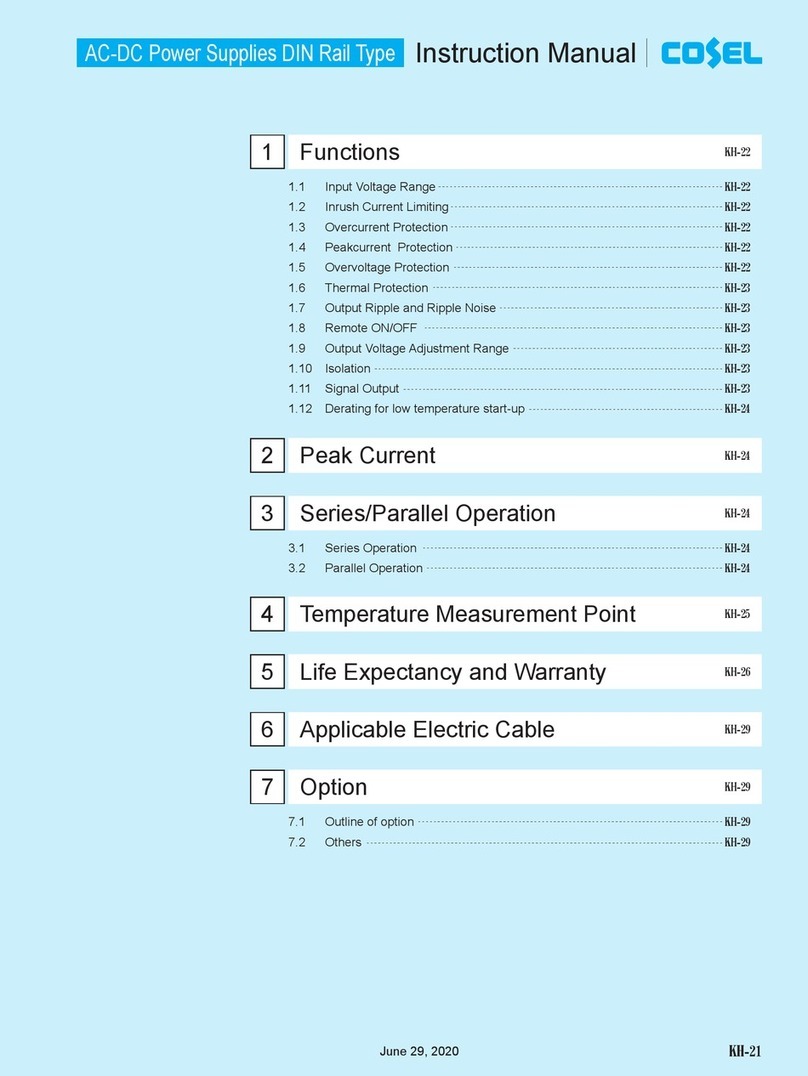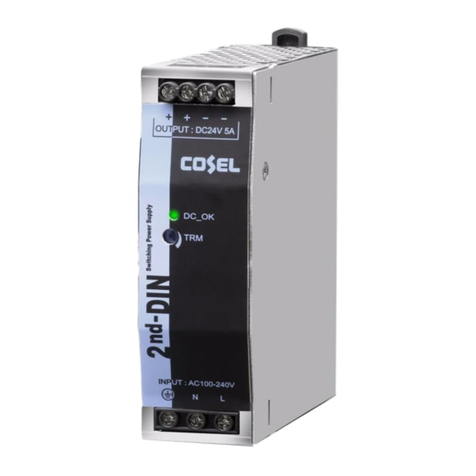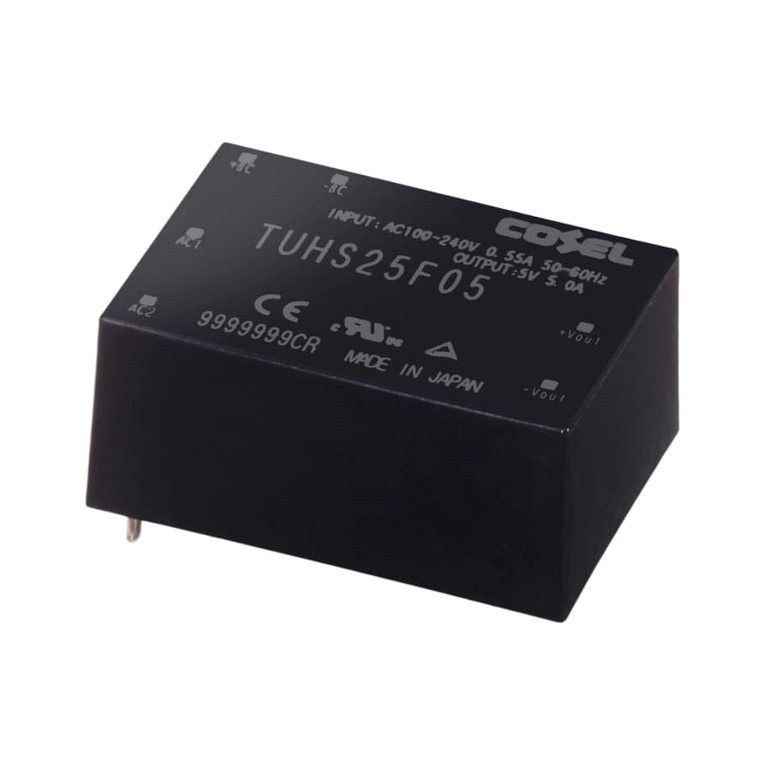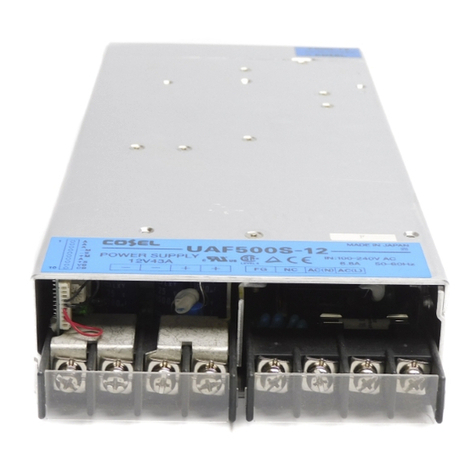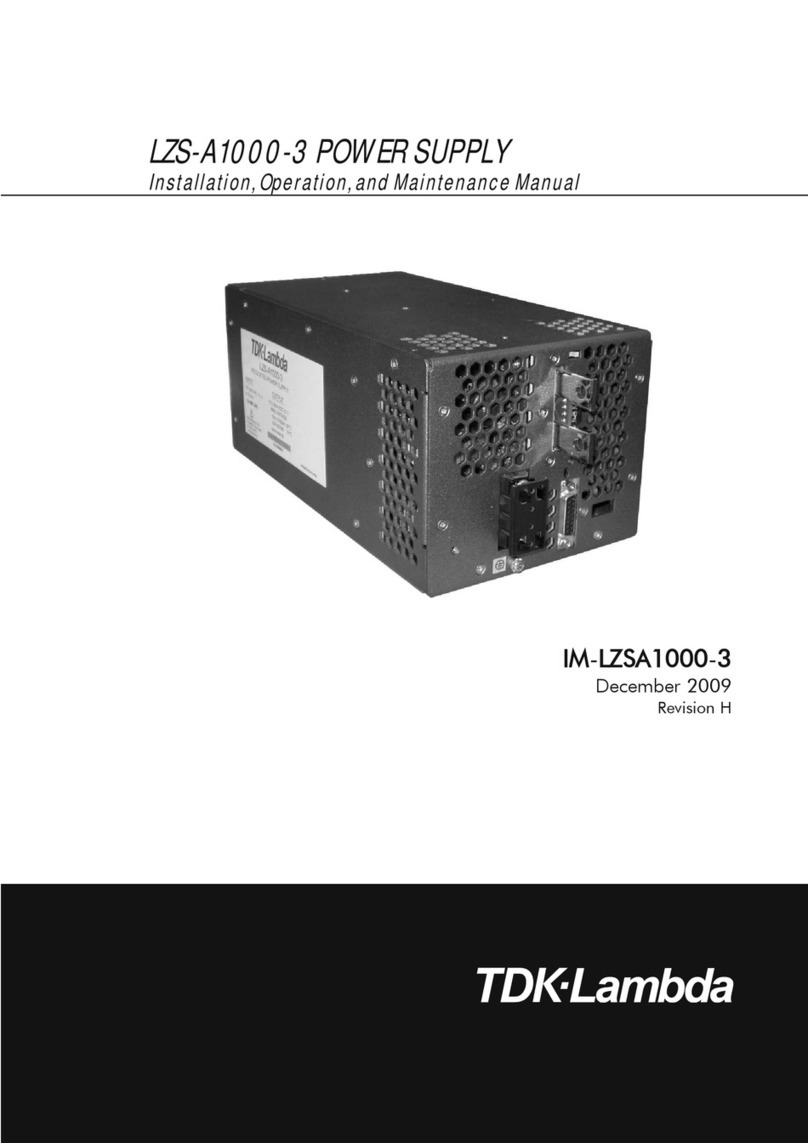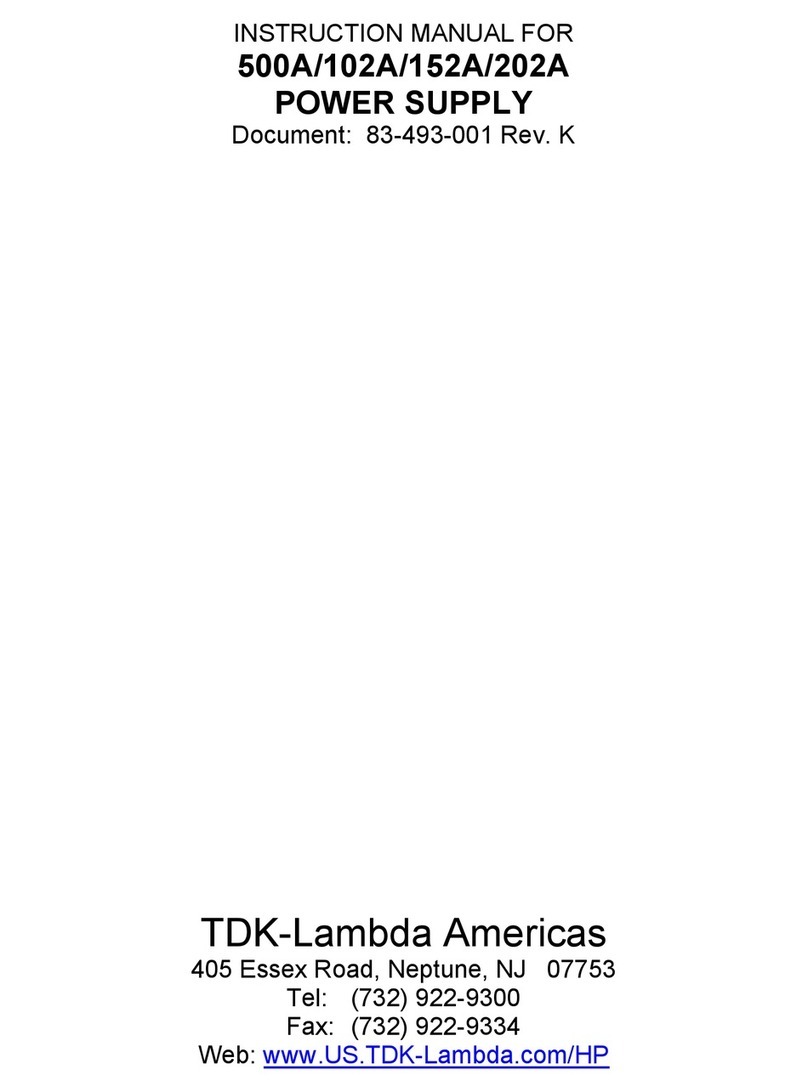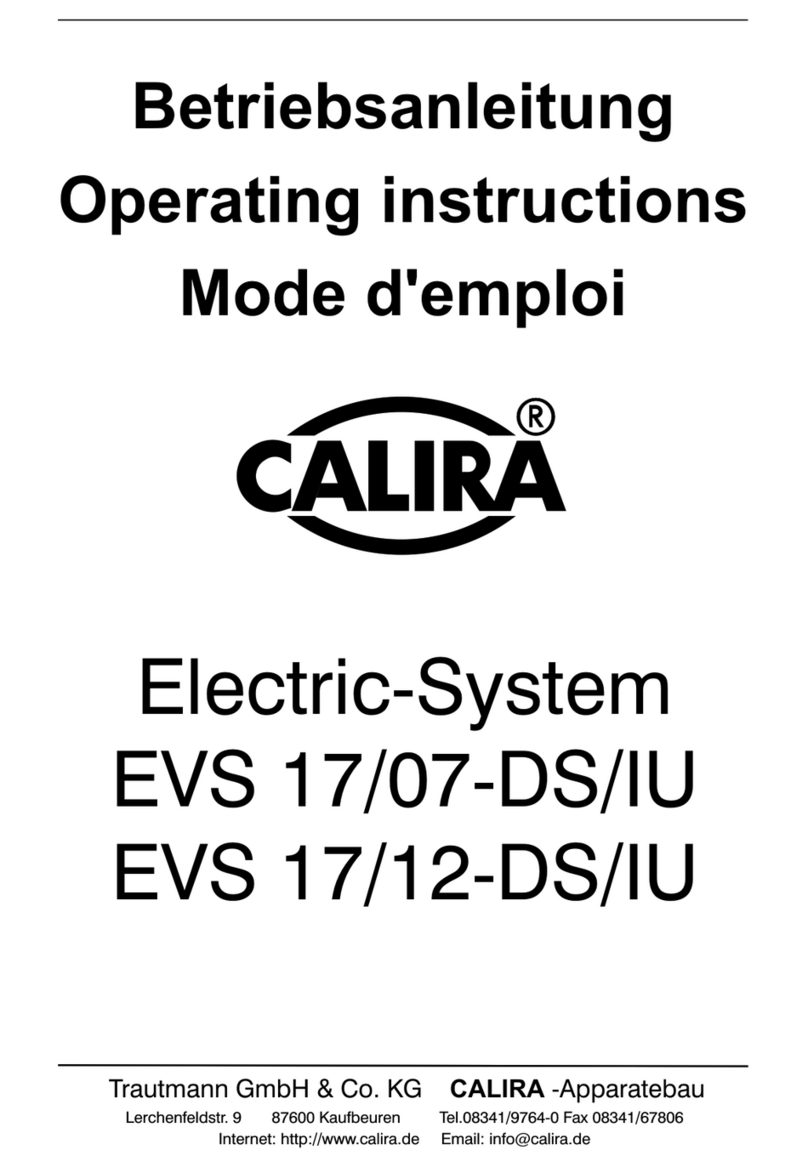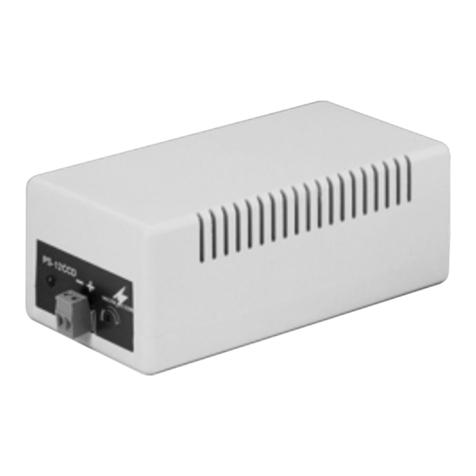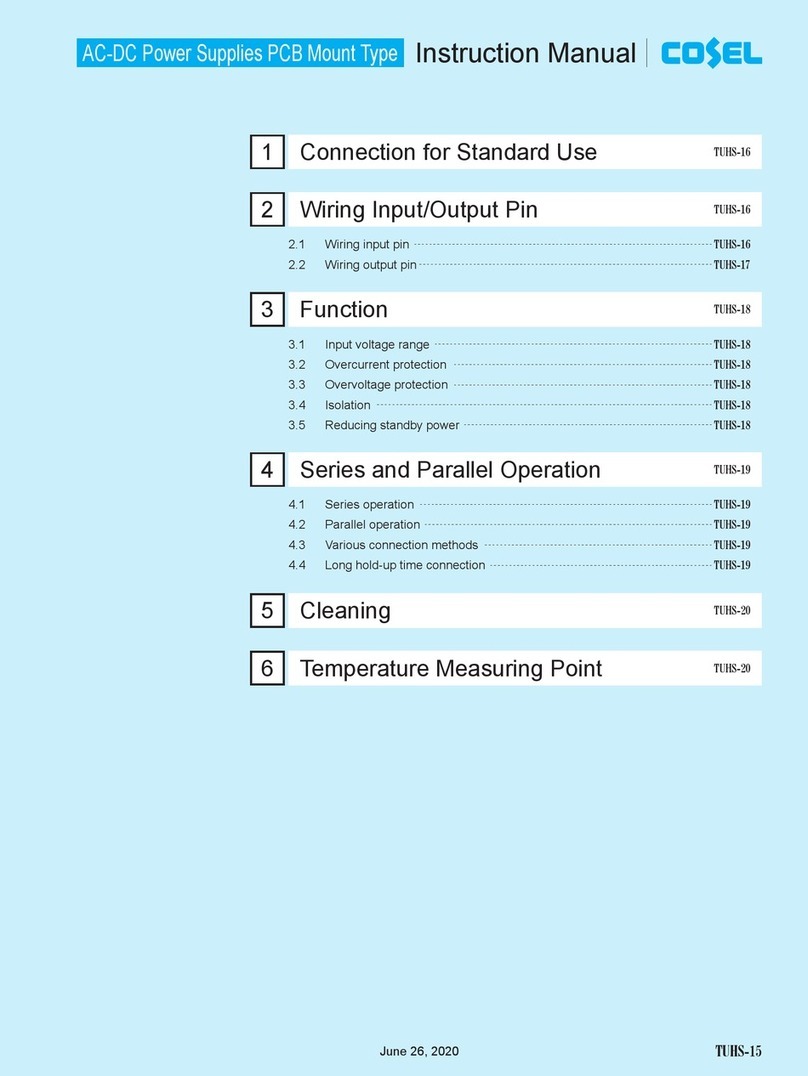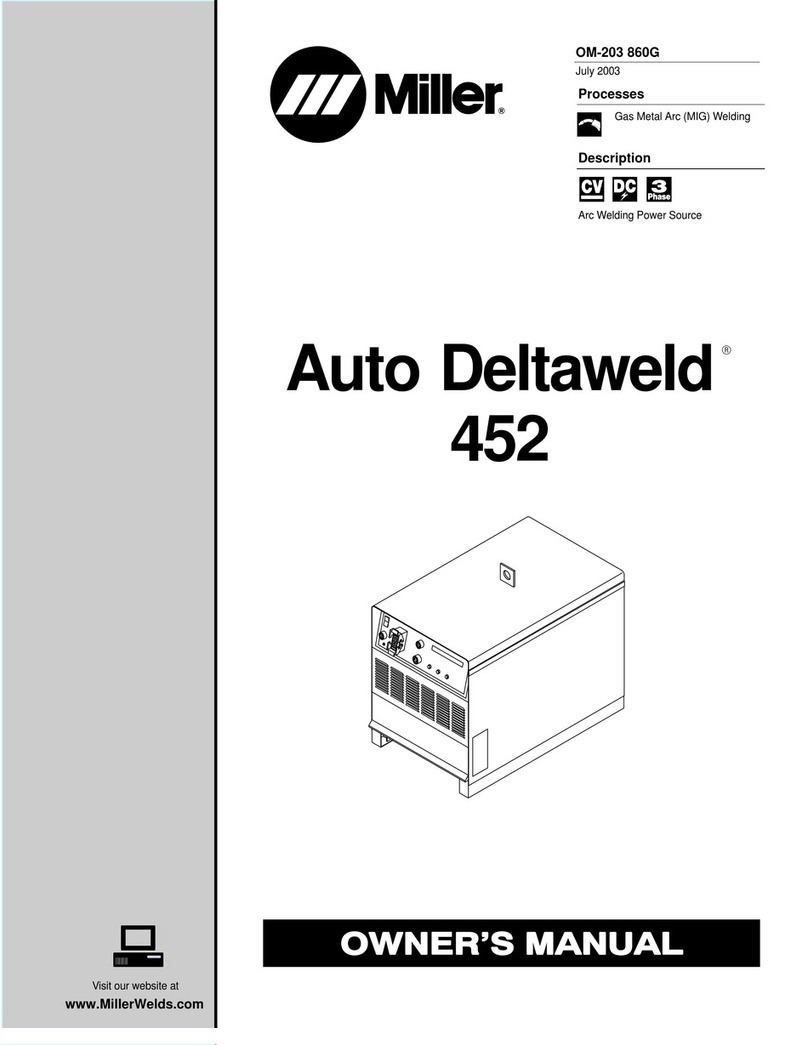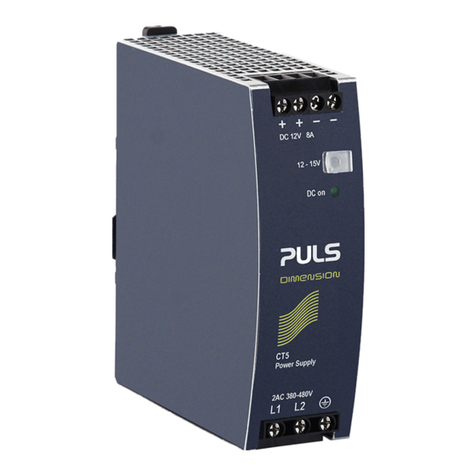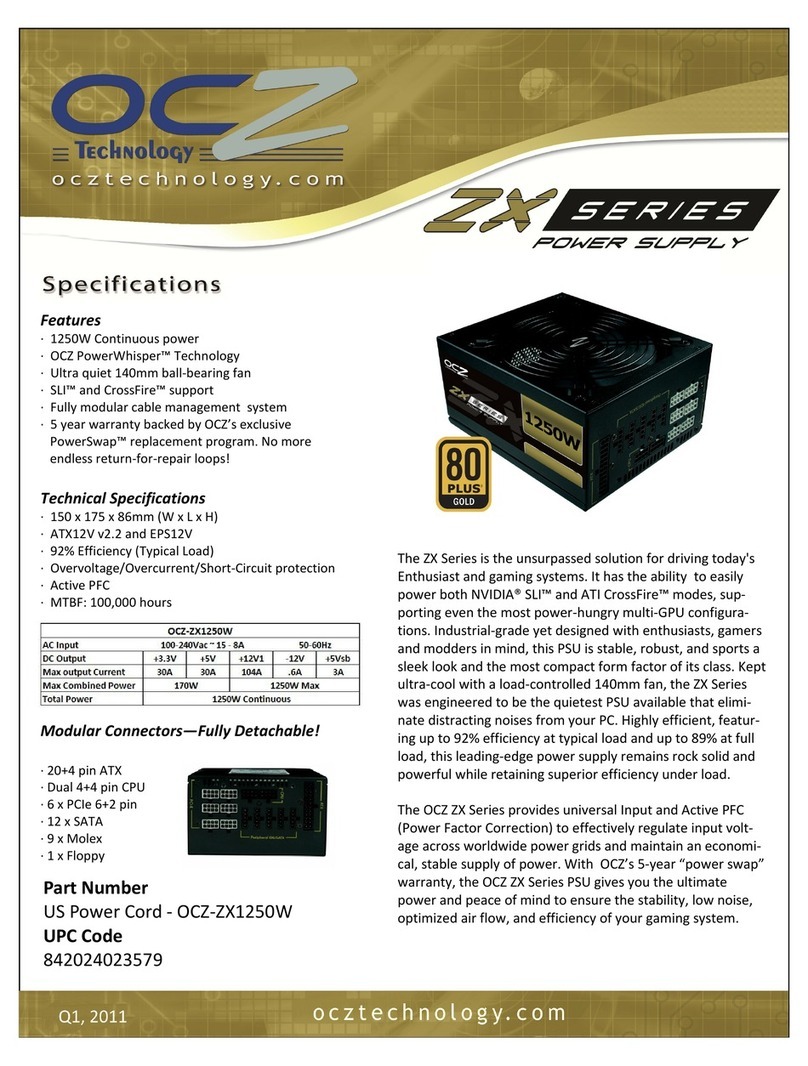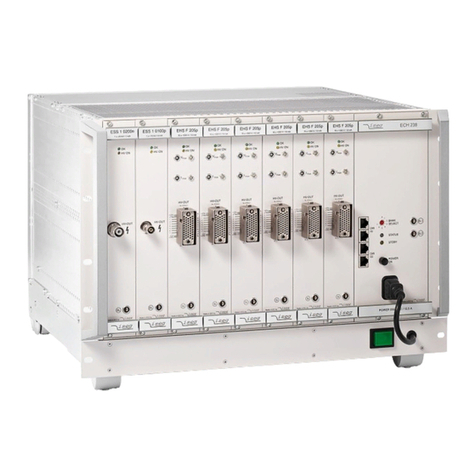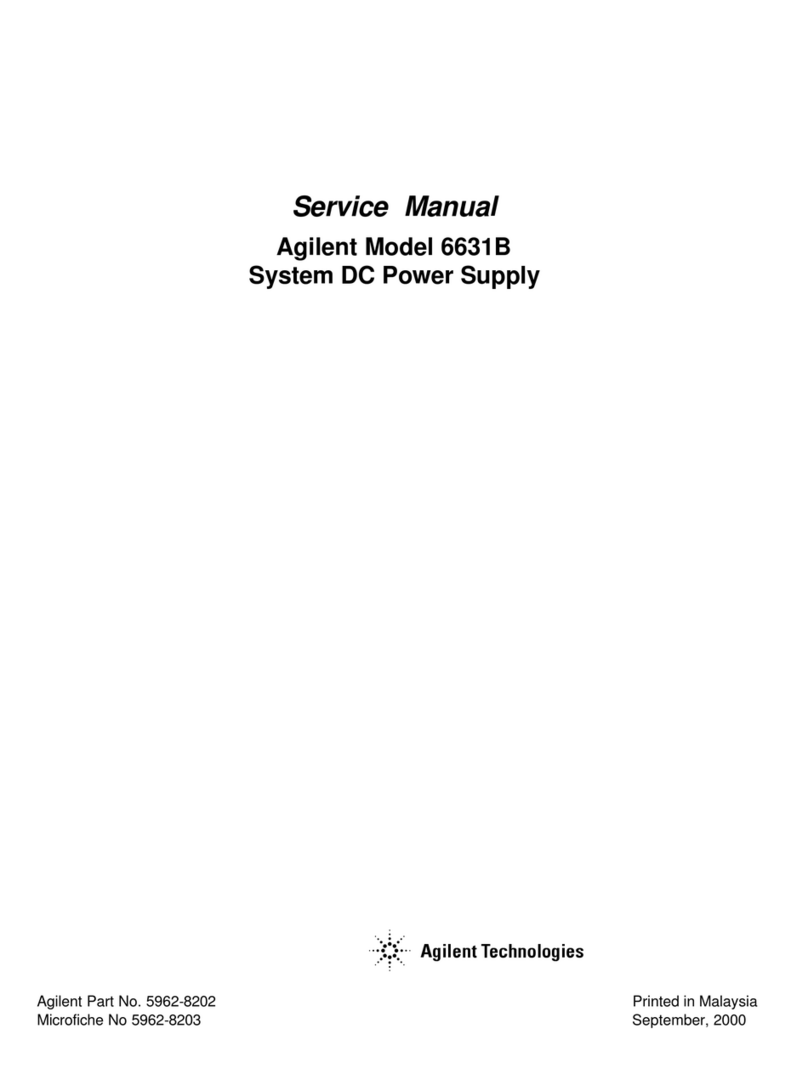2.1 Input Voltage Range
¡Input voltage range of the power supplies is from AC85V to
AC264V or DC (please see SPECIFICATIONS for details).
The units comply with safety agency approval only when input
voltage is provided by AC.
¡If input value doesn’t fall within above range, a unit may not oper-
ate in accordance with specications and/or start hunting or fail.
If you need to apply a square waveform input voltage, which is
commonly used in UPS and inverters, please contact us.
¿ PBA10F, PBA15F, PBW15F, PBA30F and
PBW30F
¡A power factor improvement circuit (active lter) is not built-in. If
you use multiple units for a single system, standards for input har-
monic current may not be satised. Please contact us for details.
¿ PBA10F, PBA15F, PBW15F, PBA30F,
PBW30F, PBA50F, PBW50F, PBA75F,
PBA100F and PBA150F
¡Operation stop voltage is set at a lower value than that of a stan-
dard version (derating is needed).
-Use Conditions
Output ( ) 3.3V, ±5V
PBA10F 5W PBA50F 15W (10W)
PBA15F 7.5W (5W) PBW50F 15W (10W)
PBW15F 7.5W (5W) PBA75F 35W (20W)
PBA30F 10W (7.5W) PBA100F 50W (30W)
PBW30F 10W (7.5W) PBA150F 65W (40W)
Input AC50V (DC70V)
Duty 1s/30s
* Please avoid using continuously for more than 1 second
under above conditions. Doing so may cause a failure.
¿
PBA300F, PBA600F, PBA1000F and PBA1500F
¡You can use a unit with an input voltage lower than AC85V and
DC120V by option (please see 7. Options). If you do so, load de-
rating is necessary. Please contact us for details.
2.2 Inrush Current Limiting
¡An inrush current limiting circuit is built-in.
¡If you need to use a switch on the input side, please select one
that can withstand an input inrush current.
¿ PBA10F
¡Resistance for load factor is used for inrush current limiting.
¿ PBA15F, PBW15F, PBA30F, PBW30F,
PBA50F,PBW50F, PBA75F, PBA100F and
PBA150F
2 Functions ¡Thermistor is used in the inrush current limiting circuit. When you
turn the power ON/OFF repeatedly within a short period of time,
please have enough intervals so that a power supply cools down
before being turned on.
¿
PBA300F, PBA600F, PBA1000F and PBA1500F
¡Thyristor technique is used in the inrush current limiting circuit.
When you turn the power ON/OFF repeatedly within a short period
of time, please have enough intervals so that the inrush current
limiting circuit becomes operative.
¡When the switch of the input is turned on, the primary inrush cur-
rent and secondary inrush current will be generated because the
thyristor technique is used for the inrush current limiting circuit.
2.3 Overcurrent Protection
¡An overcurrent protection circuit is built-in and activated at 105%
of the rated current or 101% of the peak current. A unit automati-
cally recovers when a fault condition is removed.
Please do not use a unit in short circuit and/or under an overcur-
rent condition.
¡Intermittent Operation Mode
When the overcurrent protection circuit is activated and the output
voltage drops to a certain extent, the output becomes intermittent
so that the average current will also decrease.
¿ PBA1000F and PBA1500F
¡Output Voltage Shutdown
If the overcurrent protection circuit operates continuously for 5
seconds, the output voltage will shut down. To recover the output
voltage, remove a condition that is causing an overcurrent, shut
down the input voltage, wait more than 3 minutes and turn on the
AC input again.
2.4 Overvoltage Protection
¡An overvoltage protection circuit is built-in. If the overvoltage pro-
tection circuit is activated, shut down the input voltage, wait more
than 3 minutes and turn on the AC input again to recover the out-
put voltage. Recovery time varies depending on such factors as
input voltage value at the time of the operation.
¿ PBA600F, PBA1000F and PBA1500F
¡In addition to a standard overvoltage protection circuit, an over-
voltage protection circuit to follow to output voltage is built-in. If an
output voltage exceeds a pre-set value, the overvoltage protection
circuit to follow to output voltage is activated and shut down the
output voltage.
*The Overvoltage protection circuit to follow to output voltage is
optional for PBA300F.
Note :
¡Please avoid applying a voltage exceeding the rated voltage to an
output terminal. Doing so may cause a power supply to malfunc-
tion or fail. If you cannot avoid doing so, for example, if you need
to operate a motor, etc., please install an external diode on the
output terminal to protect the unit.
